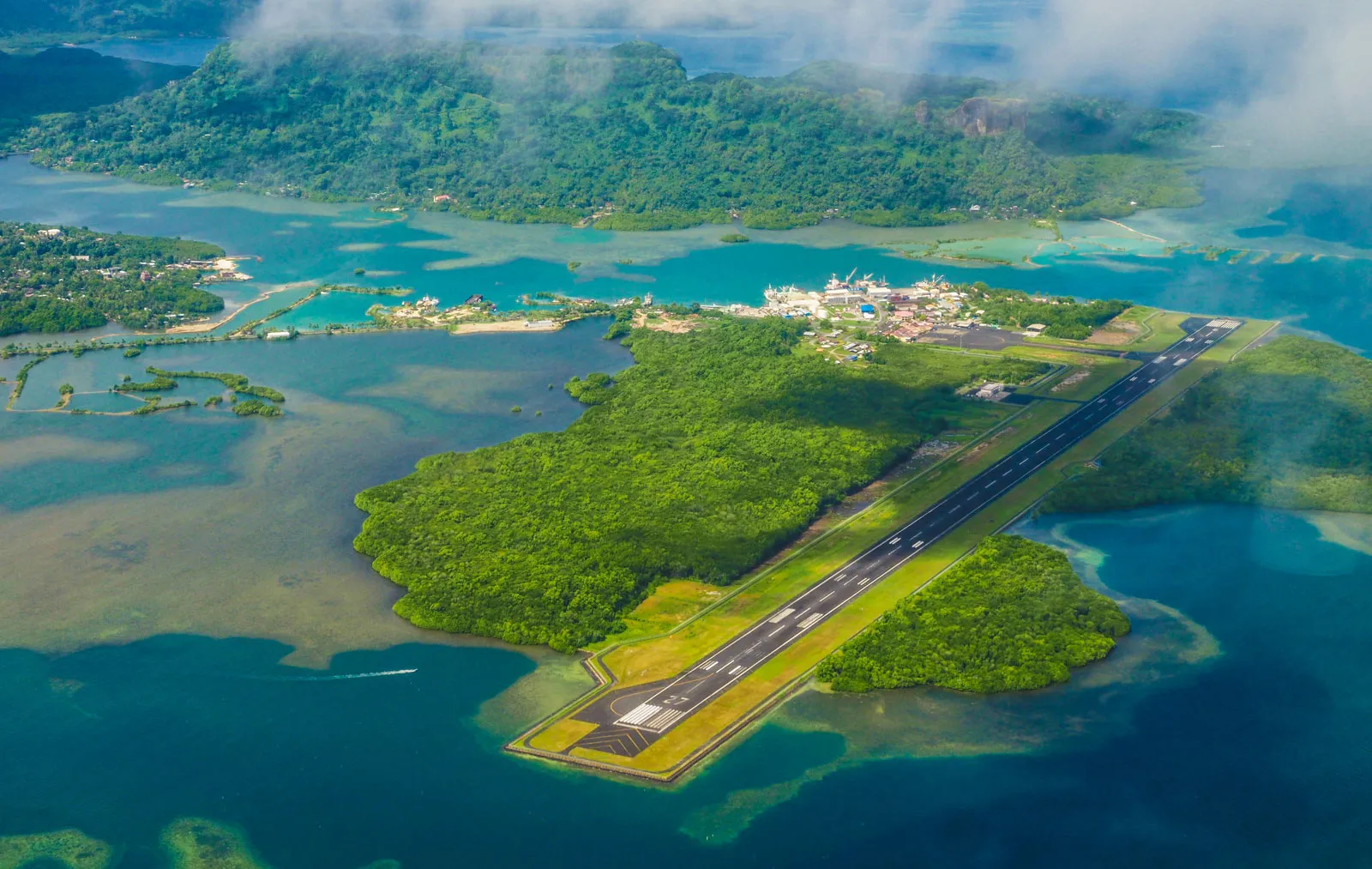Micronesia, an enchanting mosaic of islands and atolls in the western Pacific Ocean, offers a breathtaking blend of natural splendor and rich cultural heritage. This diverse region encompasses over 600 islands, each with its unique charm and historical significance.
Positioned between Hawaii and the Philippines, Micronesia’s idyllic landscapes, vibrant marine ecosystems, and deeply rooted traditions make it a captivating destination for those seeking both adventure and tranquility. From lush jungles and pristine beaches to ancient ruins and vibrant local cultures, Micronesia stands as a testament to the beauty and resilience of its people and their environment.
Table of Contents
Geography
Micronesia is composed of four main island groups: the Federated States of Micronesia (FSM), Palau, the Marshall Islands, and the Northern Mariana Islands, along with numerous smaller islands and atolls. Covering a vast area of the Pacific Ocean, Micronesia stretches across approximately 2.7 million square kilometers, though the total land area is relatively small, totaling about 702 square kilometers.
The region’s geographical diversity includes volcanic islands, coral atolls, and rugged mountain ranges, contributing to its rich natural beauty. The Federated States of Micronesia, an independent nation, consists of four states: Yap, Chuuk, Pohnpei, and Kosrae. Each state boasts its own distinct geography and cultural heritage. Palau, another notable Micronesian country, is renowned for its stunning coral reefs and marine biodiversity.
The Marshall Islands and Northern Mariana Islands, while part of Micronesia, have their unique geographical features and historical significance. This vast and varied landscape provides ample opportunities for exploration and adventure, from snorkeling in crystal-clear lagoons to hiking through dense rainforests.
States of Micronesia
The Federated States of Micronesia is composed of four states:
- Yap
- Chuuk
- Pohnpei
- Kosrae
Each state consists of multiple islands or atolls within the broader region of Micronesia.
History
Micronesia’s history is a rich tapestry woven from centuries of indigenous traditions, colonial influences, and modern developments. The islands have been inhabited for over 4,000 years, with early Micronesian societies developing advanced navigational skills and complex social structures. The ancient seafarers of Micronesia were renowned for their ability to navigate the vast Pacific Ocean using traditional methods, including celestial navigation and wave patterns.
European contact began in the 16th century, with Spanish explorers first arriving in the region. Over the following centuries, various European powers, including Spain, Germany, and Japan, exerted influence over Micronesia. In the late 19th and early 20th centuries, the islands became part of the German Empire’s colonial holdings, only to be transferred to Japan following World War I.
During World War II, Micronesia’s strategic location made it a significant battleground, leading to intense fighting and military occupation. After World War II, Micronesia entered a new era under the administration of the United States as a Trust Territory of the Pacific Islands. This period saw significant changes, including economic development and the establishment of democratic governance.
The Federated States of Micronesia gained independence in 1986, followed by Palau in 1994, while the Marshall Islands and Northern Mariana Islands also achieved self-governance through various agreements with the United States. Today, Micronesia stands as a vibrant and culturally rich region with a diverse and storied past.
Top Ten Must-Visit Destinations
1. Yap Island

Yap Island, one of the four states of the Federated States of Micronesia, is renowned for its traditional stone money and cultural heritage. The island’s remote location has preserved its ancient customs, including the use of large stone disks as a form of currency. Visitors can explore Yap’s traditional villages, where they can witness age-old ceremonies and experience the island’s rich cultural practices. The island’s pristine beaches and clear waters also offer excellent opportunities for snorkeling and diving.
2. Palau

Palau is celebrated for its stunning marine environments and diverse ecosystems. The Palau National Marine Sanctuary, one of the largest protected marine areas in the world, is home to vibrant coral reefs, sea turtles, and an array of tropical fish. Palau’s Rock Islands, a UNESCO World Heritage site, feature striking limestone formations and hidden lagoons, making them a must-visit destination for nature enthusiasts and adventure seekers.
3. Pohnpei
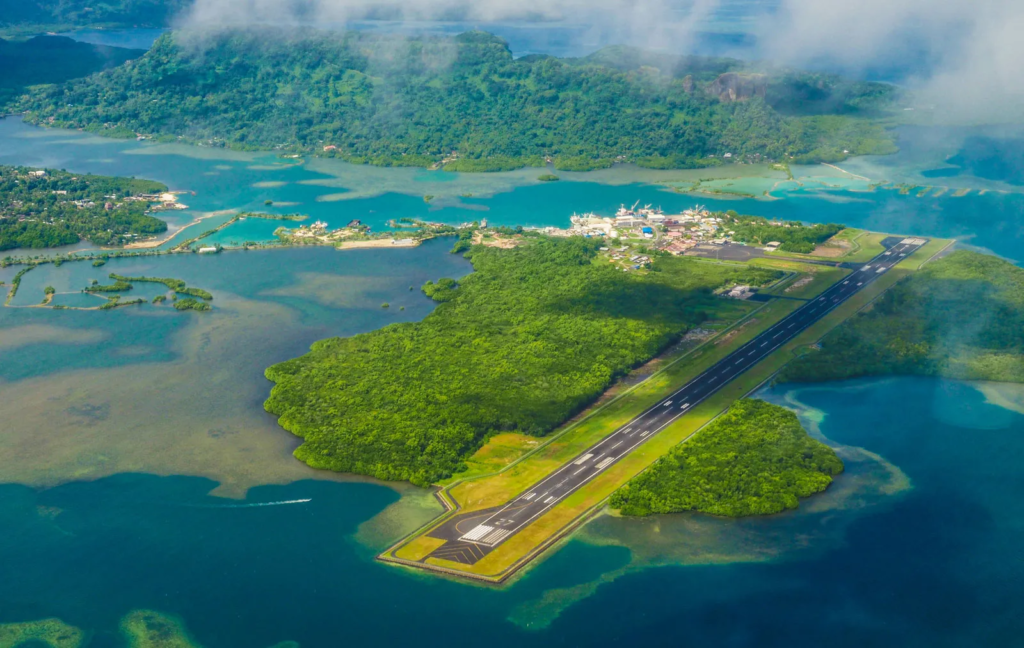
Pohnpei, another state of the Federated States of Micronesia, is known for its lush rainforests and ancient ruins. The island’s most famous site is Nan Madol, an archaeological wonder consisting of a series of artificial islets built from basalt stones. The ruins, which date back to the 1st millennium AD, offer a glimpse into the island’s pre-colonial past. Pohnpei’s natural beauty, including waterfalls and dense jungles, also provides ample opportunities for hiking and exploration.
4. Kosrae
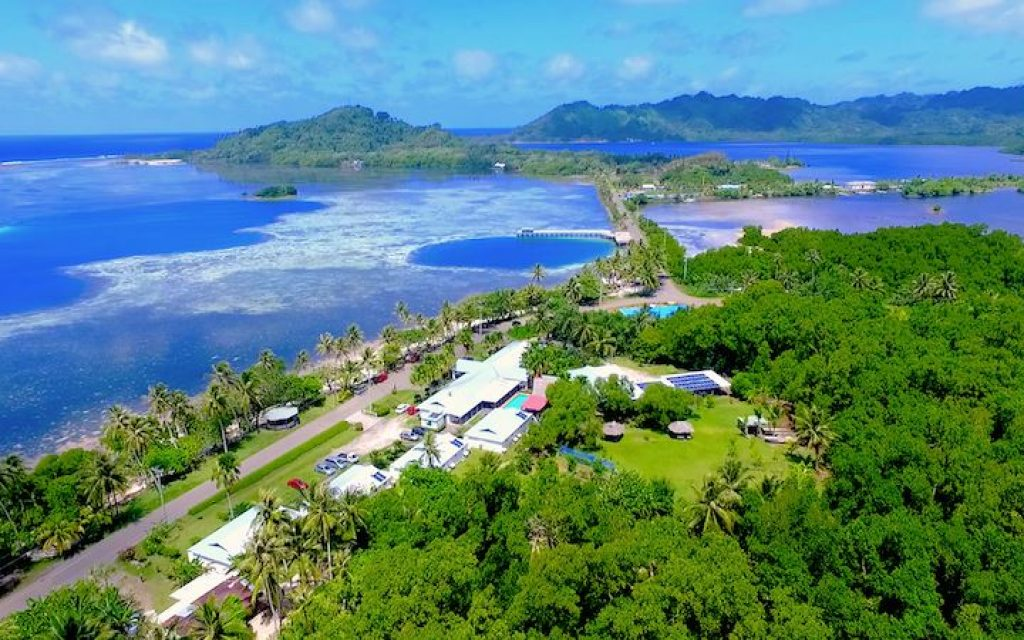
Kosrae, the easternmost state of the Federated States of Micronesia, is known for its unspoiled landscapes and rich cultural heritage. The island’s pristine beaches, crystal-clear waters, and ancient ruins make it a paradise for travelers seeking tranquility and adventure. Kosrae is also home to several traditional villages where visitors can learn about local customs and participate in cultural activities.
5. Chuuk
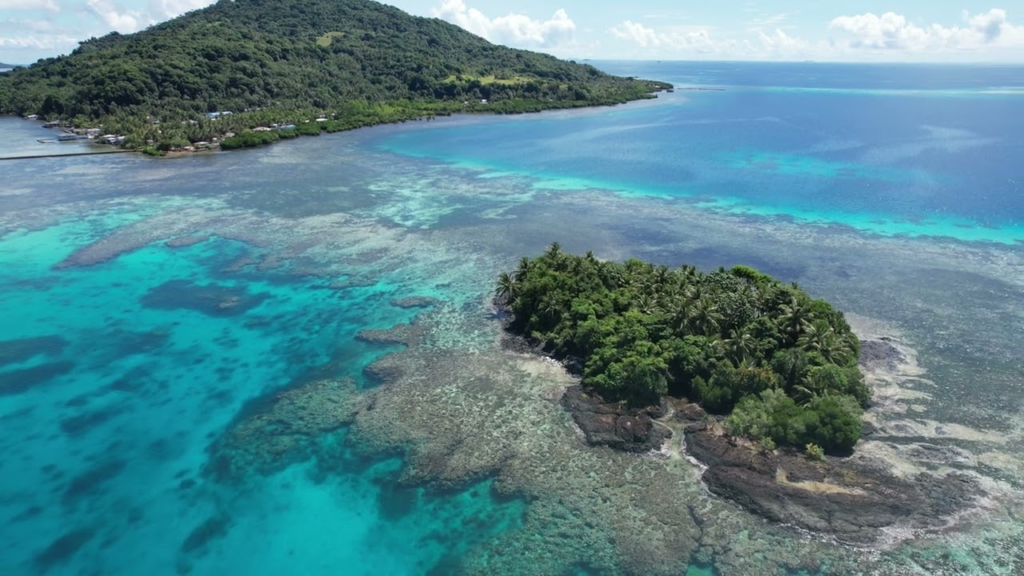
Chuuk, another state of the Federated States of Micronesia, is famous for its World War II shipwrecks, which are now popular dive sites. The Chuuk Lagoon, a vast underwater graveyard, contains numerous sunken ships and aircraft from the war, providing a unique and historical diving experience. In addition to its underwater attractions, Chuuk offers beautiful beaches and traditional cultural experiences.
6. Guam
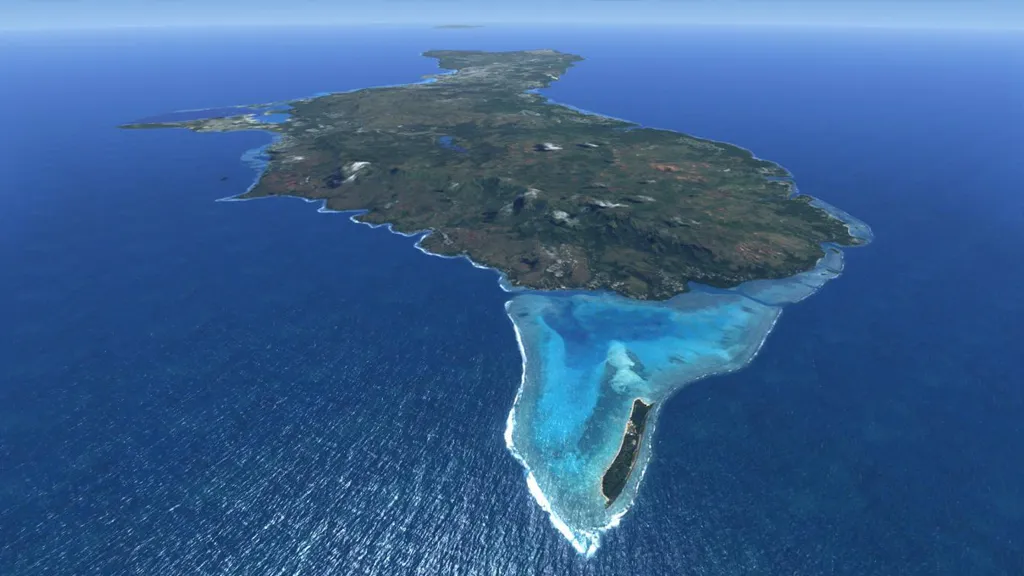
Guam, an unincorporated territory of the United States, is known for its diverse cultural heritage and vibrant tourism industry. The island’s stunning beaches, including Tumon Bay and Ypao Beach, are popular destinations for sunbathing and water sports. Guam’s rich history is reflected in its numerous museums and historical sites, including the War in the Pacific National Historical Park, which commemorates the island’s role in World War II.
7. Northern Mariana Islands

The Northern Mariana Islands, a commonwealth in political union with the United States, are renowned for their beautiful beaches and historical sites. Saipan, the largest island, offers stunning coral reefs, historical landmarks from World War II, and vibrant local markets. The island’s natural beauty and historical significance make it a captivating destination for travelers.
8. Rota
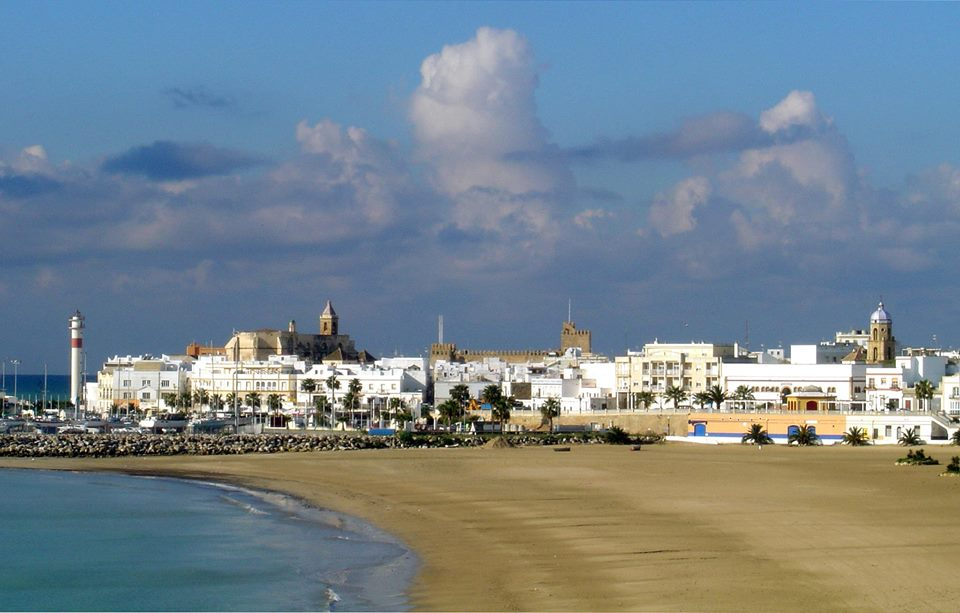
Rota, part of the Northern Mariana Islands, is known for its serene beaches and lush landscapes. The island’s attractions include the breathtaking Rota Cave, a limestone cavern with impressive stalactites and stalagmites. Rota’s tranquil environment and natural beauty provide a peaceful escape from more tourist-heavy destinations.
9. Tinian
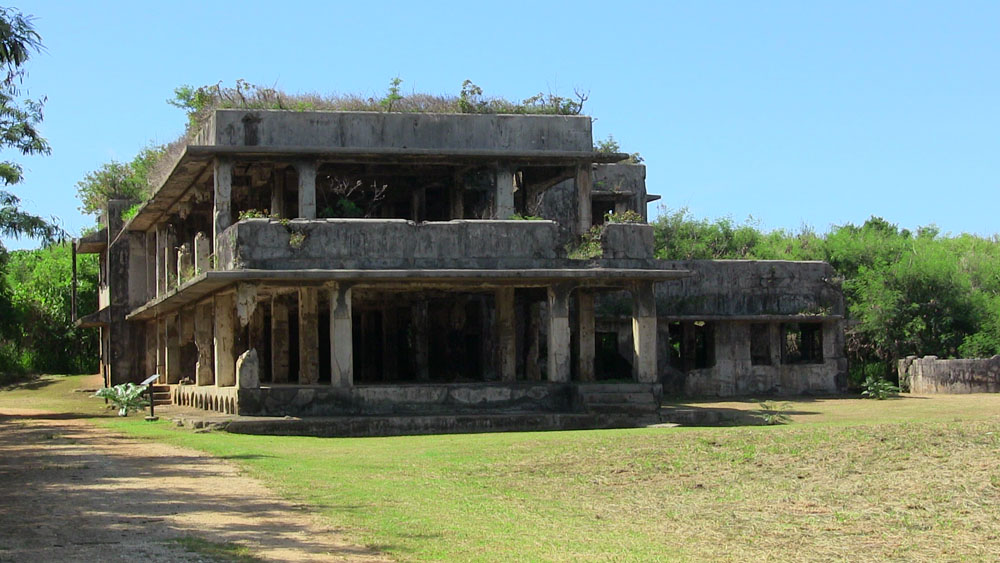
Tinian, another island in the Northern Mariana Islands, is famous for its historical significance during World War II. The island was the launch site for the atomic bombs dropped on Hiroshima and Nagasaki. Today, visitors can explore historical sites such as the North Field and the Tinian Historical Museum, which offer insights into the island’s wartime history. Tinian’s beautiful beaches and scenic landscapes add to its appeal.
10. Babeldaob
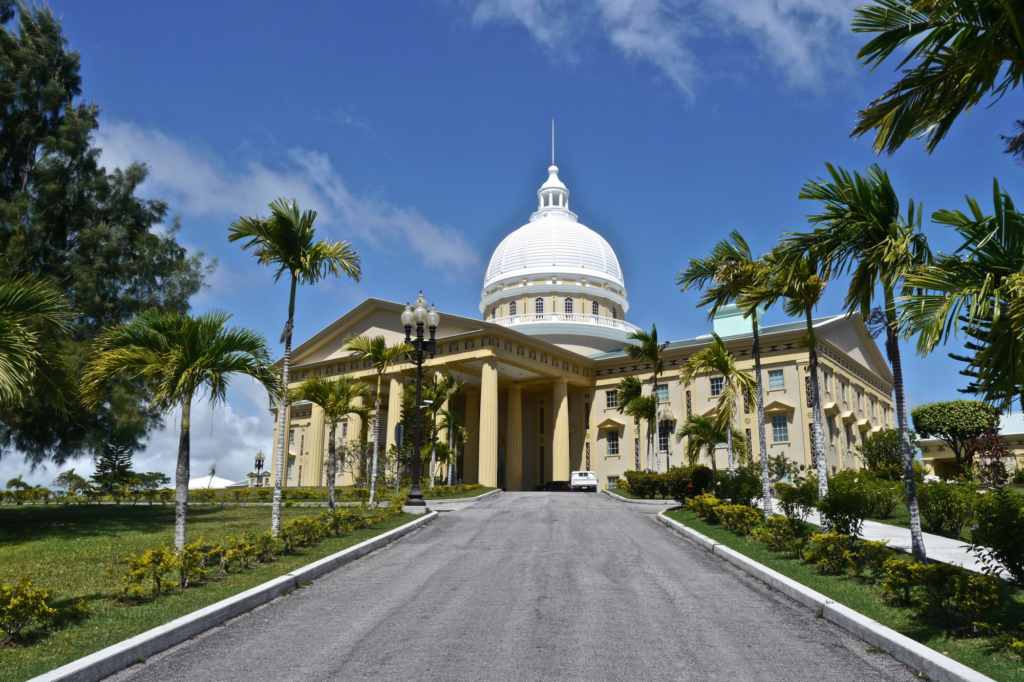
Babeldaob, the largest island in Palau, is known for its diverse landscapes and cultural heritage. The island features lush rainforests, ancient stone monoliths, and traditional villages. Visitors can explore Babeldaob’s natural beauty, including waterfalls and mangrove swamps, as well as learn about the island’s traditional customs and practices.
Culture
Micronesian culture is a rich tapestry of indigenous traditions and practices that reflect the diverse history and geography of the region. The islands’ cultural heritage is deeply rooted in ancient seafaring traditions, with traditional navigation techniques and ceremonial practices playing a central role in local life. The Micronesian people have a profound connection to the land and sea, which is reflected in their customs, art, and daily activities.
Traditional Micronesian societies are organized around communal values, with an emphasis on family and community relationships. Festivals and ceremonies are important aspects of Micronesian culture, celebrating everything from agricultural harvests to historical events. The islands’ vibrant arts and crafts, including weaving, carving, and tattooing, showcase the rich cultural heritage and artistic skills of the Micronesian people.
Festivals
Micronesia hosts a variety of festivals throughout the year, celebrating both traditional and contemporary aspects of island life. One of the most significant festivals is the “Micronesia Festival of Arts and Culture,” which brings together artists, performers, and cultural practitioners from across the region.
This festival features traditional dance, music, and crafts, offering a vibrant showcase of Micronesian culture. Other notable festivals include the “Kosrae Cultural Festival,” which highlights the island’s traditional customs and practices, and the “Palau Independence Day,” which commemorates the country’s history and achievements.
Economy
The economies of Micronesia’s various islands and territories are diverse and influenced by a range of factors. The Federated States of Micronesia relies heavily on financial assistance from the United States through the Compact of Free Association, which provides funding for infrastructure, education, and other key areas. Tourism, agriculture, and fishing also play important roles in the local economies, with each island contributing its unique resources and attractions.
Palau’s economy benefits significantly from tourism, with its pristine marine environments and natural beauty attracting visitors from around the world. The Northern Mariana Islands, as a U.S. commonwealth, have a mixed economy with tourism, agriculture, and manufacturing contributing to their economic stability. Guam’s economy is more diversified, with tourism, military presence, and retail being key sectors. Overall, Micronesia’s economies are characterized by a combination of external assistance, local industries, and tourism-related activities.
Cuisine
Micronesian cuisine is a flavorful blend of local ingredients and traditional cooking methods. Common dishes include “lunchmeat” (a type of canned meat served with rice), “taro” (a starchy root vegetable), and “breadfruit” (a versatile fruit used in various dishes). Seafood is a staple in Micronesian diets, with dishes such as “pokih,” a type of fish stew, and “grilled tuna” being popular. The cuisine reflects the islands’ abundant natural resources and the cultural significance of food in social and ceremonial contexts.
Top Eight Most Famous Food
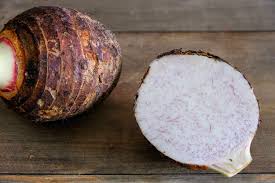

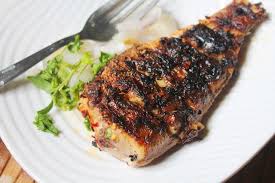
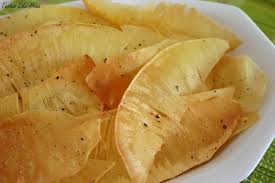
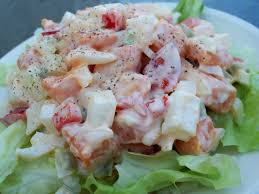
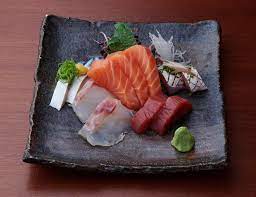
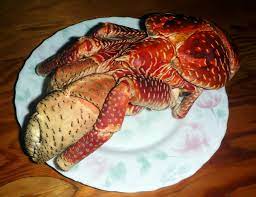
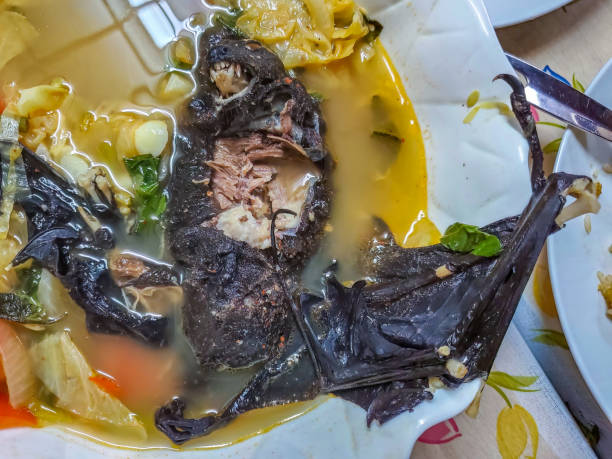
Ten Interesting Facts
- Micronesia consists of over 600 islands spread across a vast area of the Pacific Ocean.
- The Federated States of Micronesia has four states, each with its unique cultural heritage.
- Palau’s Rock Islands are a UNESCO World Heritage site known for their stunning limestone formations.
- Chuuk Lagoon is famous for its World War II shipwrecks, making it a popular diving destination.
- Yap Island is renowned for its traditional stone money, used as a form of currency.
- The Northern Mariana Islands played a significant role in World War II as the launch site for atomic bombs.
- Micronesia’s traditional navigators used celestial navigation and wave patterns to explore the Pacific Ocean.
- Kosrae’s ancient ruins provide insights into the island’s pre-colonial past.
- The cultural practices of Micronesia include elaborate ceremonies and communal celebrations.
- Micronesian cuisine features local ingredients such as taro, breadfruit, and seafood.
Conclusion
Micronesia is a treasure trove of natural beauty, cultural richness, and historical significance. From its stunning islands and diverse marine environments to its vibrant traditions and historical landmarks, the region offers a captivating experience for travelers seeking both adventure and cultural immersion. Whether exploring ancient ruins, enjoying pristine beaches, or engaging with local communities, Micronesia stands as a testament to the enduring beauty and resilience of its people and their heritage.

